Eight years in a city garden, cont'd.
Part 2: A focus on natives... and then not. Plus a major announcement!
This is part 2. If you haven’t already read it, you could start with part 1.
What do we in the gardening community mean by “invasive” plants? Why would we label some plants “thugs,” as if they’re getting all tatted up (not that tattoos are naturally a sign of thug life, despite the popular tattoo to that effect) and hiding unregistered firearms under their mattresses?
There is literally a whole class of plants that don’t play by the rules at all. They don’t take turns, they don’t share space, and they hoard all the food, light, air, and water for themselves. On top of that, they spread through any means necessary, proliferating more like a virus or a parasite than a plant.
Yes, even the pretty ones.
Perhaps you were drawn in by the delicate, orchid-like petals of the flower in the photo at the top of this post: Japanese honeysuckle, AKA Lonicera japonica. It’s quite lovely, this plant. In its native environment, I’m sure it makes for a wonderful garden vine. Its dark green, ovate leaves foreground the vanilla cream-to-pale yellow flowers that appear in May. The scent they give off is intoxicating, a heady, thick sweetness you can practically taste. In fact, you can taste it; pull the pistil out and touch its end to your tongue, and it’s like a dab of sugar. In fall, the flowers give way to bright red berries.
But here in the Midwest, its beauty is a betrayal. It takes up valuable real estate, covering whole forests in dense vine, while offering very little to native butterflies and other pollinators in return. It didn’t evolve with the native ecosystem; it has few predators.
In our back forty, or, um, quarter acre, it spanned about two thirds of the property line. That’s a lot of vine, and it all had to go.
As a couple of aging Gen Xers, we realized we needed to hire help in removing it. We didn’t have the heavy-duty tools of professional landscapers, and while we could have rented them, we believe there’s a time and place to let an expert in to do the job better than you can. This was definitely one of those times, and one of the most obvious places.
The landscapers removed the vine entirely, along with a lot of other sad face-making plant situations, such as a diseased, dysfunctional willow tree that had been poorly placed—directly under a power line—and then aggressively cut back every year, a tragic testament to the importance of choosing the right site for your tree.
We treated the honeysuckle roots/stumps ourselves with glyphosate once removed, as recommended by everyone and their cousin in the plant business. My personal feeling back in 2018 was that there are already more than enough chemicals in the world, but since we couldn’t very well conduct a controlled burn here in the city, where they won’t even let us build a fence over six feet tall, we had to settle for chemical means.
Eight years later, I would go a different route. While I haven’t used glyphosate since then, I regret using it at all and support its outright ban.
I don’t want to get too thick into the weeds on this debate, as I realize folks hold strong opinions on all sides, but the embrace of extremely unnatural means in order to control nature—even for nature’s own good—seems ill advised at best and at worst, quite naturally doomed to fail.
Our garden today is heavily dominated by native plants, and though I still find stray honeysuckle vines creeping in here and there, it’s a solid ecosystem. It’s also a prime example of what it is: a platinum-certified Bring Conservation Home program garden. We’ve given two public tours to help encourage other gardeners in this direction.
That said, I’ve always appreciated some of the non-natives that came with the place, such as our delightful daffodils, a true harbinger of spring here in the River City. A curious thing happened during our second spring here. All manner of daffodils sprouted up and rung their little bells to signal the change of season. It was curious because the year before, we hadn’t received this kind of show.
The latency might have been because the year we bought our house, the developer who flipped it had basically razed the grounds down to nothing but short grass and nubs. Since bulbs won’t flower again if you cut their leaves too early, the daffies might have gone into a bit of shock from defoliation and needed time to recover.
Living in the Midwest again after nearly two decades away and experiencing the full four seasons in all their extremes put me back into that mode of feeling a rare joy to see them as winter gives way to spring. To have them suddenly come up like crazy on my own property amped up the good feelings considerably.
This orange-tinged beaut grows in huge clusters near the front stoop and in the back where we tore out the old chainlink fence in 2018. I’d never seen one like it, but Jason Delaney of phsdaffodils informed me it’s a double daffodil called Narcissus ‘Tahiti.’ Hybridized by the great Irish daffodil breeder J. Lionel Richardson, ‘Tahiti’ was introduced in 1956 and is “one of the most-awarded double daffodils in the garden and exhibition sectors,” according to Delaney. I’ve made space for this prestigious daffodil and allowed it to naturalize throughout the garden.
Daffodils aren’t the only non-native I’ve allowed to flourish.
Lilacs naturally stir a romantic, traditional feeling in the heart, I think, without feeling overly fussy or too precious the way some classic ornamentals can. Our venerable old lilac has no trouble attracting pollinators during its dramatic show of springtime blooms. Before our native trees and shrubs found their footing, the lilac was the garden’s spring focal point, with a heady scent of lilac wafting into the house when the windows are open, as they are every fall and spring.
I once had a white lilac, back in Tacoma, Washington, where they are often covered in pale blue lichen. But this lilac-colored lilac really takes the cake. Speaking of cake, you can decorate cakes with the flowers, as some people do. The blossoms are edible for both humans and animals. As you might know if you’ve been with me a while, I use them in everything from drawer sachets to syrup each spring.
So early on I appreciated the flora that didn’t quite fill the native-plant focus here.
But it’s that focus that frames the landscape in 2025.
Two were already here. Besides the jaunty little violet ground cover I mentioned in part one of this series, a native fern had taken firm hold.
We noticed early on that a large number of ferns were thriving in two shady areas, and the generous volunteers for the Audubon Society who gave us recommendations for our native-plant enterprise ID’d one of them as native sensitive fern (Onoclea sensibilis). Unfortunately, the bulk of them were interwoven with honeysuckle vine and winter creeper, two thugs we needed to eradicate, so we had to cover over the ferns with our mix of cardboard and mulch meant to make anything underneath die off. This biodegradable mulch method worked great, and to our great joy, the sensitive fern, and not the two invasives, came bursting right up through the mulch. So we saved the native fern and destroyed the nasties. It’s thriving still, eight years later, providing a ground cover in a shady corner filled with pawpaw trees and a native hydrangea.
One of those Audubon Society volunteers was Gail Saxton, who passed away this spring. I did not know her well, but after our site visit, she returned to certify our garden three years later, thrilling to our speedy platinum award. I frequently ran into her at gardening events around town. She was a knowledgable plant woman, and her recommendations gave birth to a garden that has given me great joy to design and admire all these eight years, for which I am deeply grateful.
Inspired by Gail and other gardeners like her, my husband and I toiled over the years to transform this city plot, adding more than 100 native trees, bushes, grasses, flowers, and herbs.
Two of my favorites are serviceberry and persimmon, both featured in my Missouri Conservationist piece on native fruit trees. The two trees satisfy both our garden criteria in being simultaneously native and edible. The serviceberry (Amelanchier arborea) produces white blooms in spring, followed by red berries that look a lot like blueberries when they ripen in the fall. The birds eat them, and so do we, adding them to everything from smoothies to crumble. The persimmon (Diospyros virginiana) provides year-round interest, with its characteristic broken-block bark, greenish-yellow blooms, and deep orange fruit, also edible for both humans and animals. If you haven’t eaten a ripe persimmon fresh off the tree, I highly recommend it.
Channeling our inner Monty Pythons, we judiciously planted three shrubberies, all natives: 1) New Jersey tea, 2) hazelnut, and 3) wild hydrangea. The New Jersey tea leaves I was hoping to use as a non-caffeinated coffee substitute, but our eastern cottontail rabbits took a liking to them, a strong affection the New Jersey tea did not survive. The hazelnut is exactly what it sounds like, though the nuts are small and pilfered by squirrels before I can gather them in any quantity. The hydrangea has some known medicinal properties, though with so much else in the garden, I haven’t actually explored this value.
The aforementioned pawpaw (Asimina triloba) is native to Missouri and produces a delicious fruit most people liken to banana custard. Anthony sometimes lapses into a Walla Walla-by-way-of-Oklahoma mode of speaking he inherited from his father, whose people were Okies who up and decided at one point to head even further west. One of Anthony’s country sayings involves a pawpaw and a prickly pear (which, incidentally, is another native, edible plant):
When you pick a pawpaw or prickly pear,
And you prick a raw paw, next time beware.
Don’t pick the prickly pear by the paw;
When you pick a pear, try to use the claw.
Of course, the Internet tells me this is from the Jungle Book, which makes sense, since my husband knows all the words to “I Wanna Be Like You,” and now you can see why I adore this big Baloo.
Pawpaw flowers are “perfect,” which means they contain both male and female parts. The trick with pollinating them is actually that they need another species of pawpaw nearby, and the pollination is typically done by flies. What this means is that people sometimes hang raw meat among the branches of the pawpaw to attract the flies. That or you can hand-pollinate with a special brush. Hmm... we’ve decided to let nature handle pollination itself.
Another of my favorites is our Ozark witch hazel (Hamamelis vernalis), though of the three we originally planted, only one remains. It gives us our first blooms of each new year—bright orange, ribbony crinkles appearing on bare twig as early as January.
Unfortunately one did not make it through a brutal drought, and another succumbed to the chickens, who found it quite tasty. The survivor is valiant.
Speaking of chickens, we earned an official farm designation in 2023, making us eligible for grants, not that we’ve applied for any. But when my game studio was gutted in the tech crash that year, we briefly flirted with the idea of other types of businesses we might launch, such as a native-plant nursery or urban-farm supplier to local restaurants and the farmer’s market. We eventually shied away from these ventures, but the farm designation remains.
Along with all those native plants, we put in two apple trees, one of which is just now beginning to yield fruit, as well as blackberries, raspberries, and gooseberries, the latter of which has been the most productive. The three pear trees all died of blight.
Herbs have also been key to our kitchen garden here, whether natives like hyssop (Agastache foeniculum), one of my favorite herbs, or standards such as sage and thyme.
Since 2020 we’ve put in a thriving, productive vegetable patch each year. I’ve kept copious records of our successes and failures, and you’re welcome to check out that spreadsheet if so inclined.
In these past five years, and in no small way a result of all that has been made clear because of the pandemic, we’ve slowly shifted away from our sole focus on native plants. In a concerted attempt to become healthier and more resilient and independent, we’ve grown everything from asparagus to zucchini. We’ve also raised chickens, a big deal and of which I’ve written plenty.
This seems like as good a time as any to announce we’re saying goodbye to our garden. We’ll soon be moving from this city and its sprawling suburbs of nearly three-million people and opting instead for a quieter life in a small town.
There we will have a new plot of land to love. Like this one was eight years ago, it’s a blank canvas waiting for us to convert it into something more useful for both us and wildlife, though the percentage of native plants we add will by necessity be lower than it has been here. Unlike when we acquired this garden, mature trees already grow in the new one, and at least two are natives: a couple of bald cypresses (Taxodium distichum) that anchor the backyard on both sides. I look forward to stretching out underneath them and dreaming up a new garden design.
More on the new project to come in time, but for now I’m still bidding a tearful farewell to the garden we created over the past eight years. Here’s a recent panoramic photo to bookend the one from 2019 I shared in part 1 (tap or click to enlarge).
Thanks for your interest in our little city homestead and for reading my words about it. I’m especially grateful to those of you who’ve followed along through the many years I’ve been writing about the things I like to grow.




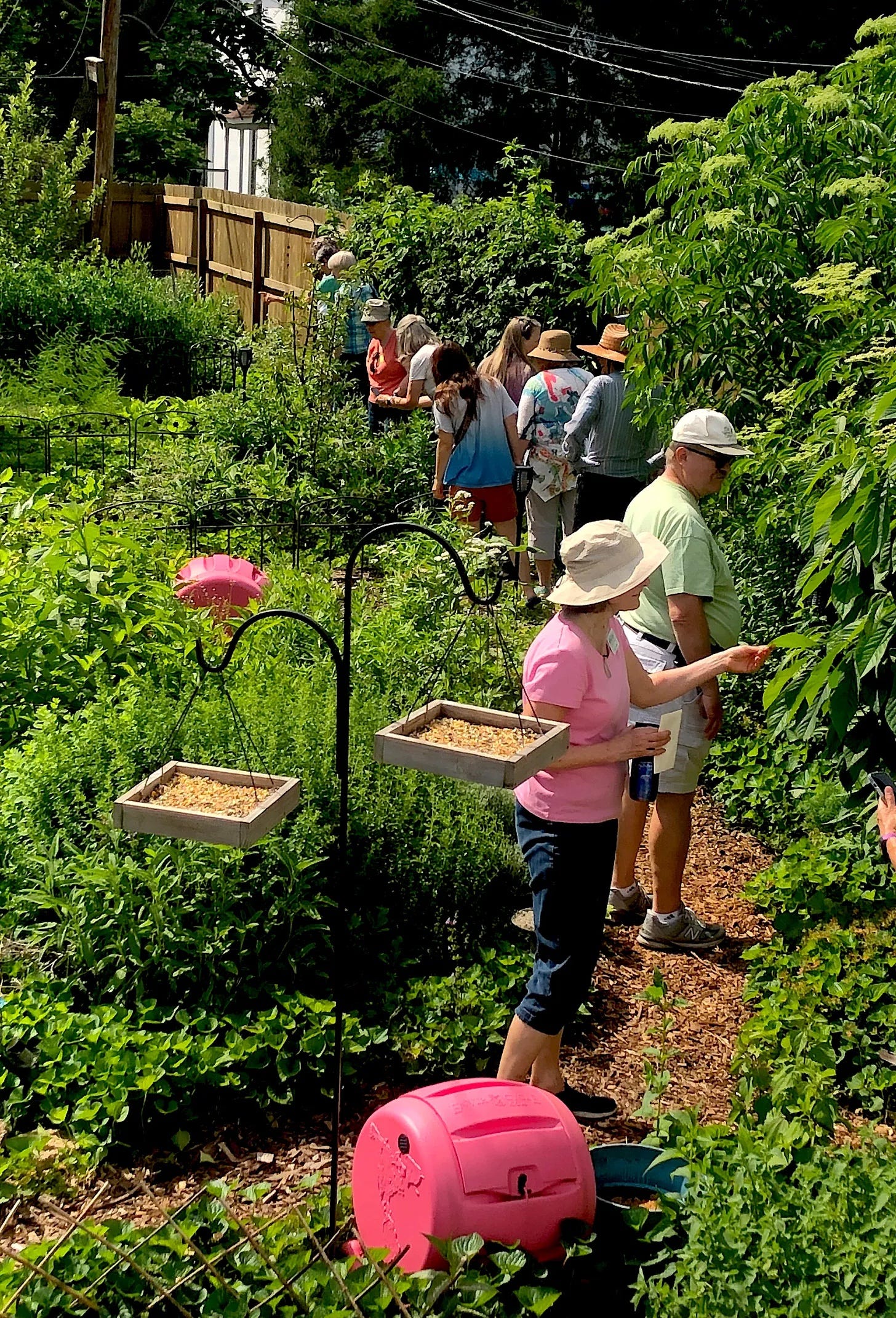
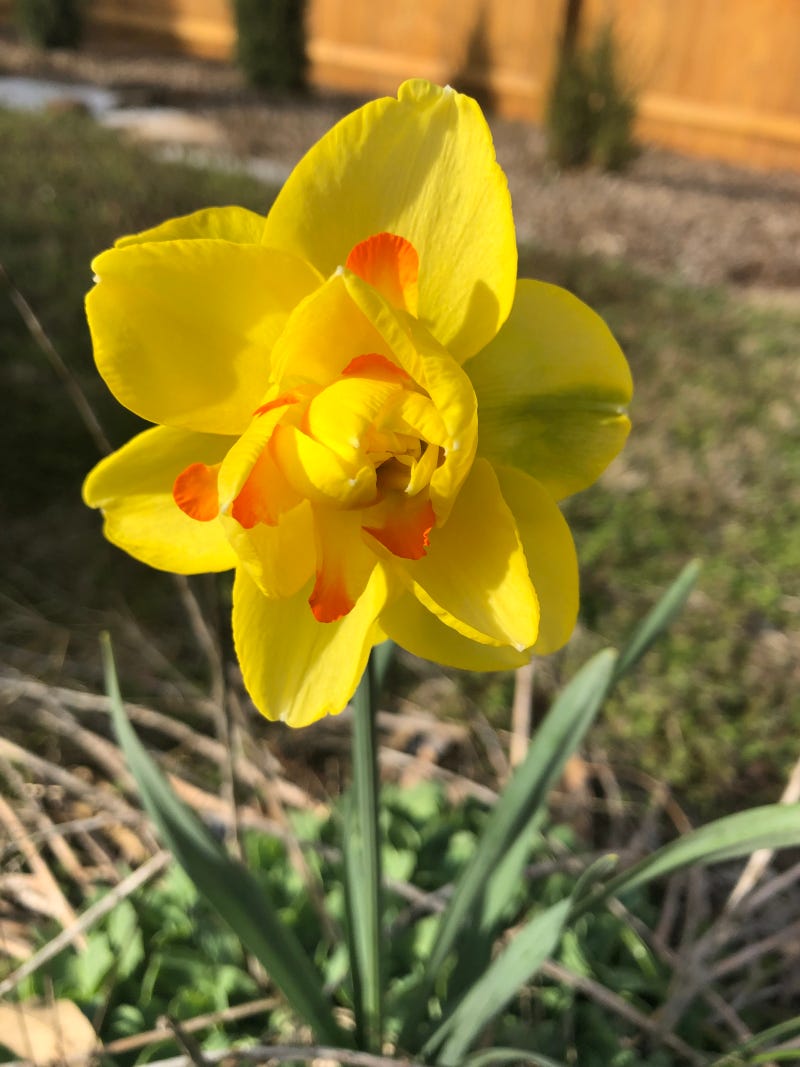
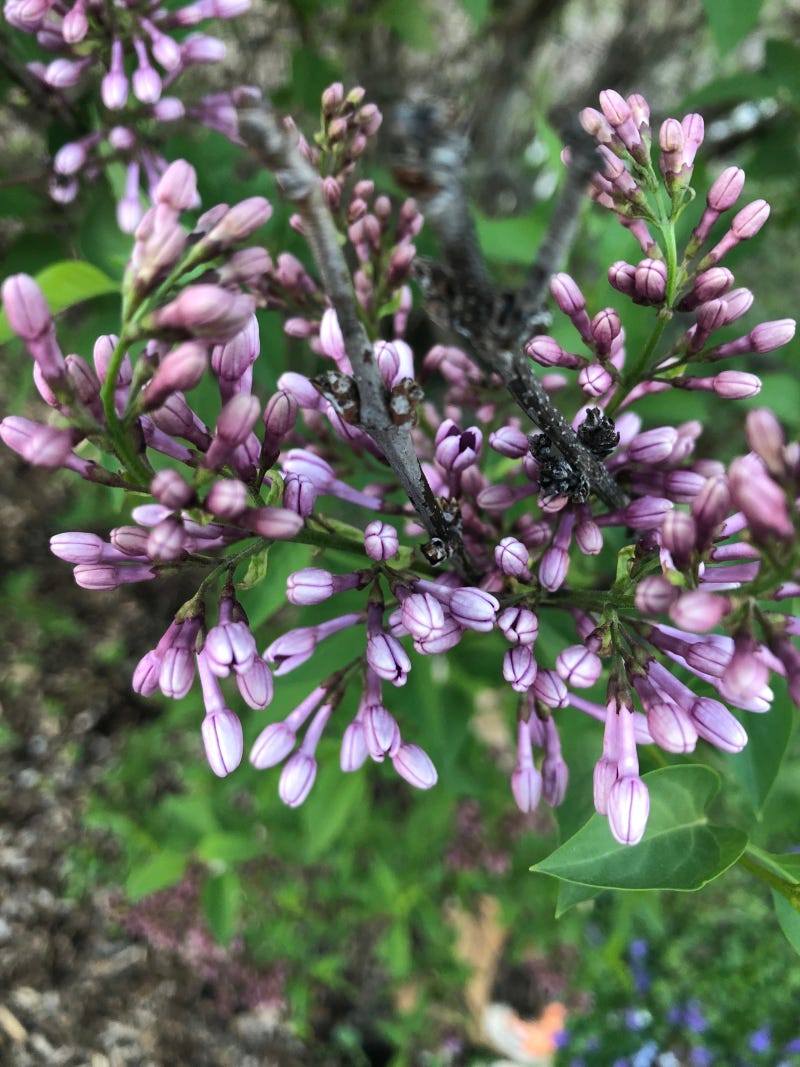
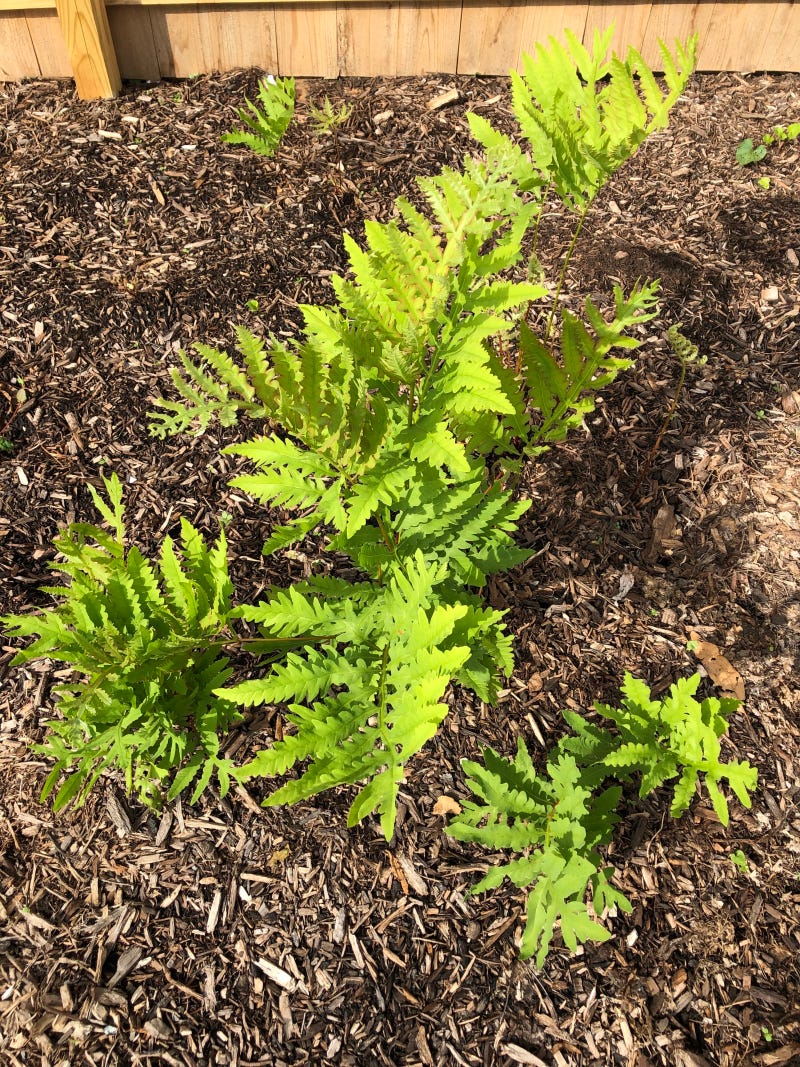
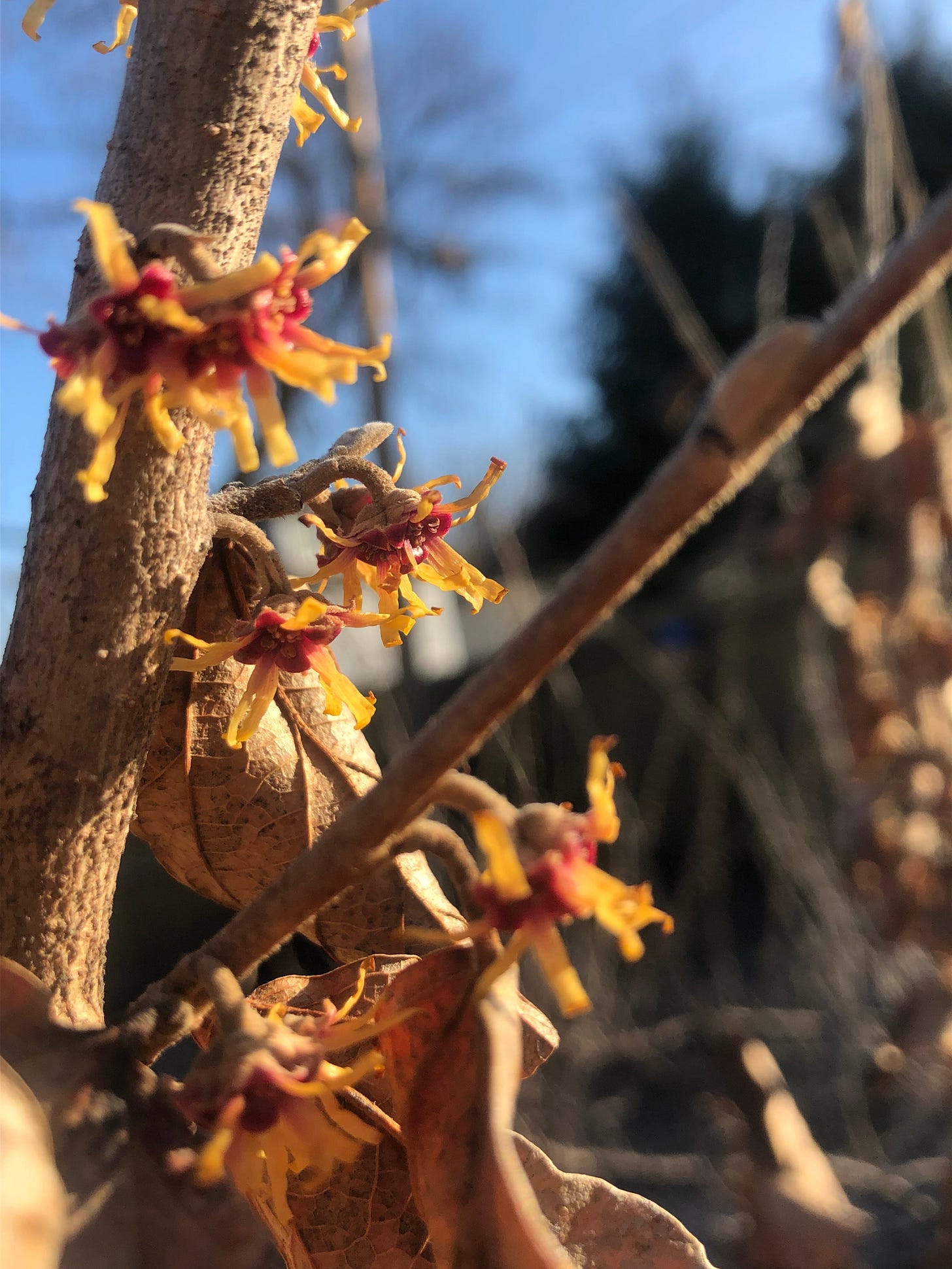

Best of luck in your new location. Someone is inheriting a cool garden that you built.
Oh, wow, big changes! I'm so impressed by all you've done.